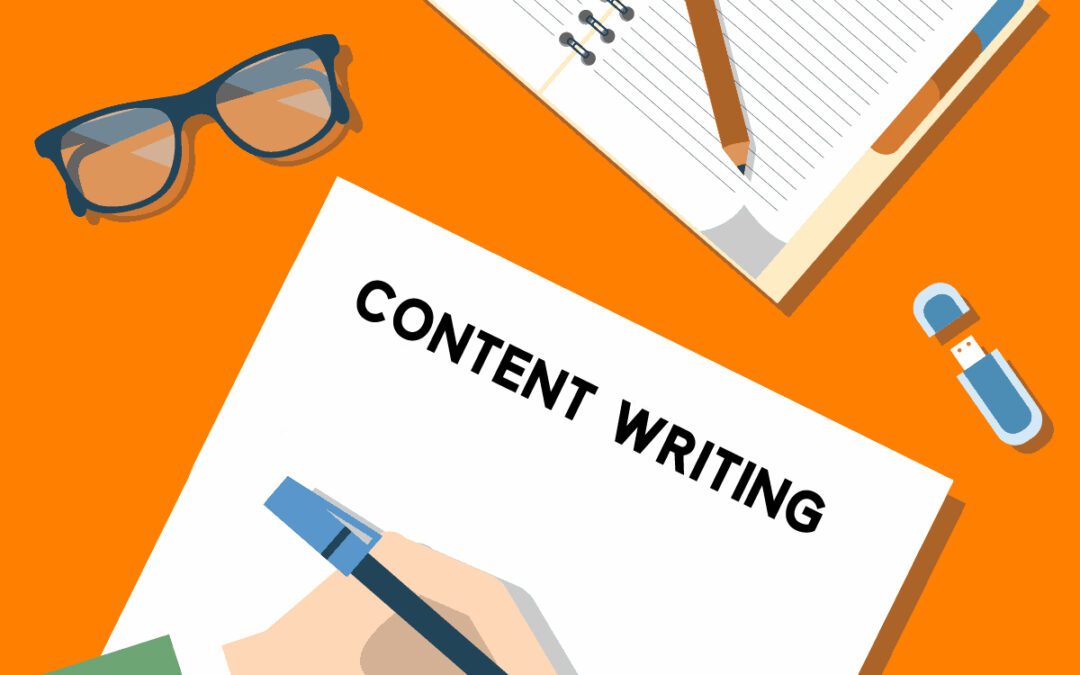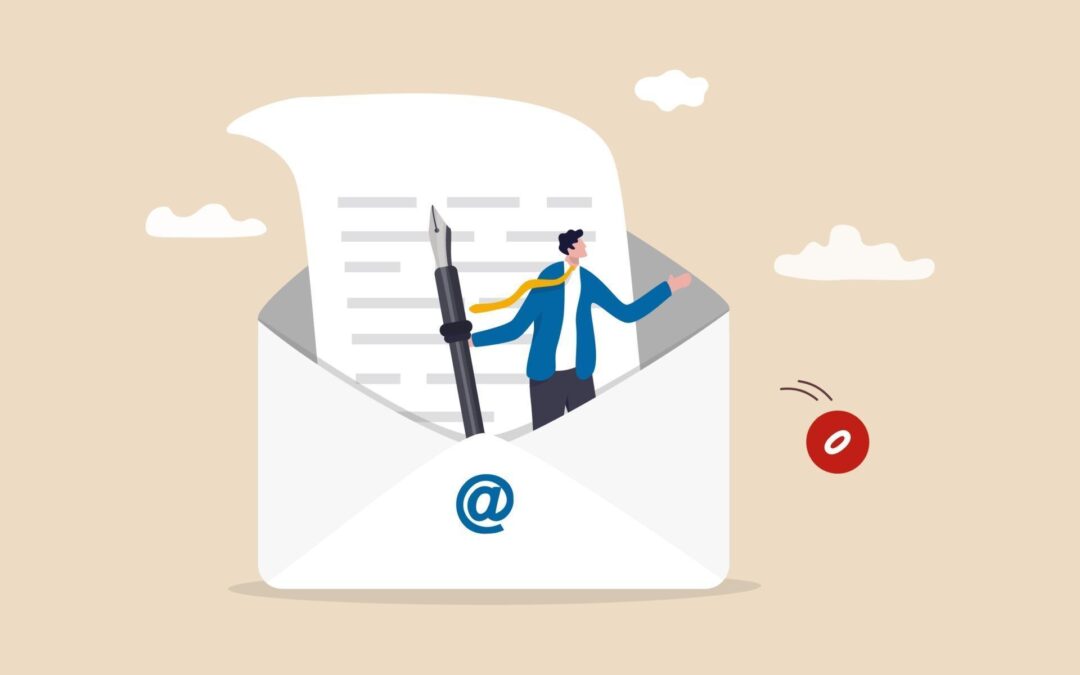What qualifies as good content? Our two cents on it.
What makes you want to read something? Is it the caption? Or the promise of information or entertainment? Is it sheer curiosity that fuels a click or makes you open a page? Well, the secret of good content is that it brings in all of these elements.
Originality
To begin with, the big differentiator between good content and great content is originality. This does not merely mean passing a plagiarism test. Besides being technically original, the content also needs to be original in terms of ideas. The information may be the same as another article in the same genre, but originality can also come from a fresh look or point of view. Giving your own perspective or wording the same information differently for a different audience is what sets content apart.
The Headline
The eye-catching part and click generating part of any content is its headline, and the tag line summing up the article. This needs to be as succinct as possible with a rare twist that will draw a person’s interest and convert him or her into a reader. The headline should be short, but impactful. It should not be overly sales-y and yet, should spell out the tone that will follow through for the rest of the article. Further, one should always steer clear of making promises that the content cannot keep. Remember, the key is to draw in the audience and keep them – not break their hearts and send them packing.
Grammar
This one should not come as a big surprise. Grammar was, is and will always be one of the basic pillars for good content. Understanding grammar is a matter of tedious hours spent over your “its” and “it’s”, “you’re” and “your” as well as “there” and their”. While some of these may leave the average writer scoffing at the plain obviousness of it all, the Grammar Nazis do end up having a field day with typos. Proof reading is everything as are your grammar skills. Punctuation, and the right prepositions are the very basics that take your writing from good to great. “I love correcting the mistakes in an article instead of reading and enjoying,” said no reader, ever!
Call for Action
In today’s day and age of Social Media marketing, content is THE tool with which a brand can drive, engage and build audience. Here, the writer or content creator’s job is to insert a deliberate and obvious call to action. Maybe a “like our page,” or a simple “click here” or “rate”. The key is to inform, entertain and then tell the reader what to do next. It may be as simple as asking him or her to subscribe to the newsletter for constant updates on the posts. Whatever it may be, ensure that it is there.
Accuracy
Information is a major part of content. Providing accurate information, therefore, is a given. Do not merely stick to an exhaustive list that looks like you have put in hours of research – make that research count. Besides wording it well, ensure that you check back and double-check to ensure that you do not commit any blunders in reporting. Plus, citing all sources of information is an absolute must and any direct quotes must be referenced and put within quotes.
Engage
The idea is to leave the reader asking for more. Creating engaging and thought-provoking content is the key to creating good content. It should leave the reader with insights, and give him or her enough reason to come back for more. You can add to the value of your content by adding images and videos or even infographics to make it more attractive and easy to understand.
Bonus Tip: Always keep your reader in mind while writing. That will help keep you on track while writing.
We hope that these tips help you in creating memorable content that will help you carve out a niche of your own. Keep writing!




